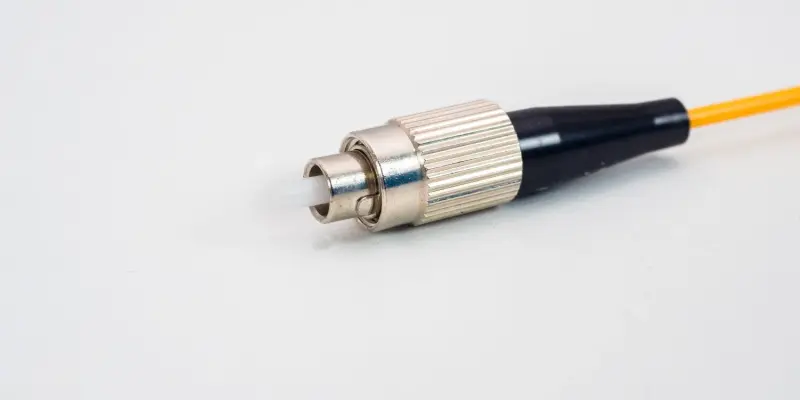The introduction of Nokia Corporation’s Aurelis Optical LAN marks a significant advancement in enterprise connectivity by leveraging fiber-optic technology to meet the demanding needs of modern businesses. The Aurelis Optical LAN presents itself as a robust and future-proof solution, built on the long-lasting infrastructure of optical fiber. Notable advantages include a dramatic reduction in cabling and power usage, outperforming traditional copper-based LAN setups, leading to significantly diminished Total Cost of Ownership. Moreover, the Optical LAN supports impressive speed capabilities, ranging from 1Gb/s to 25Gb/s, with straightforward pathways for upgrading to higher bandwidths such as 50Gb/s and 100Gb/s, thus addressing future demands without substantial infrastructure overhauls. This innovation is set to reshape how enterprises plan their network strategies, emphasizing efficiency, scalability, and long-term reliability.
Revolutionary Impact on Enterprise Connectivity
Aurelis Optical LAN offers businesses an advanced backbone to support critical office functions, such as Wi-Fi connectivity and printer operations, all while drastically reducing energy consumption and cabling requirements. This technological leap ensures seamless integration while maintaining unparalleled reliability and scalability within building architectures and campus environments. As highlighted by Geert Heyninck, General Manager of Broadband Networks at Nokia, the system’s simplicity and robust nature forecast a lifespan exceeding five decades, unperturbed by constant upgrade interruptions. Cost-efficiency is further reinforced, with reductions of up to 70% in cabling and 40% in power usage, culminating in an overall 50% decrease in operational costs. This paradigm shift not only enhances connectivity but also aids businesses in economic resource allocation, proving invaluable as the industry pivots toward sustainable and resilient infrastructure solutions.
Market Dynamics and Future Considerations
While Nokia’s product development marks a promising step forward, recent financial results show a slight dip in pre-market shares, reflecting mixed conclusions at the outset, as net sales decreased by 3%, adjusted for constant currency and portfolio changes. Despite this fluctuation, the company remains optimistic, reaffirming its full-year profit outlook. Interestingly, market exposure to this burgeoning digital infrastructure sector is accessible through investment options such as the Shares U.S. Digital Infrastructure and Real Estate ETF and Defiance Connective Technologies ETF. These financial instruments provide investors the opportunity to tap into the broad potential of connectivity technologies that are poised to drive enterprise evolution in the foreseeable future. This situation beckons closer scrutiny from stakeholders as the global demand for efficient, high-speed networks continues to rise, pushing further exploration into the vast capabilities offered by fiber-optic solutions.

